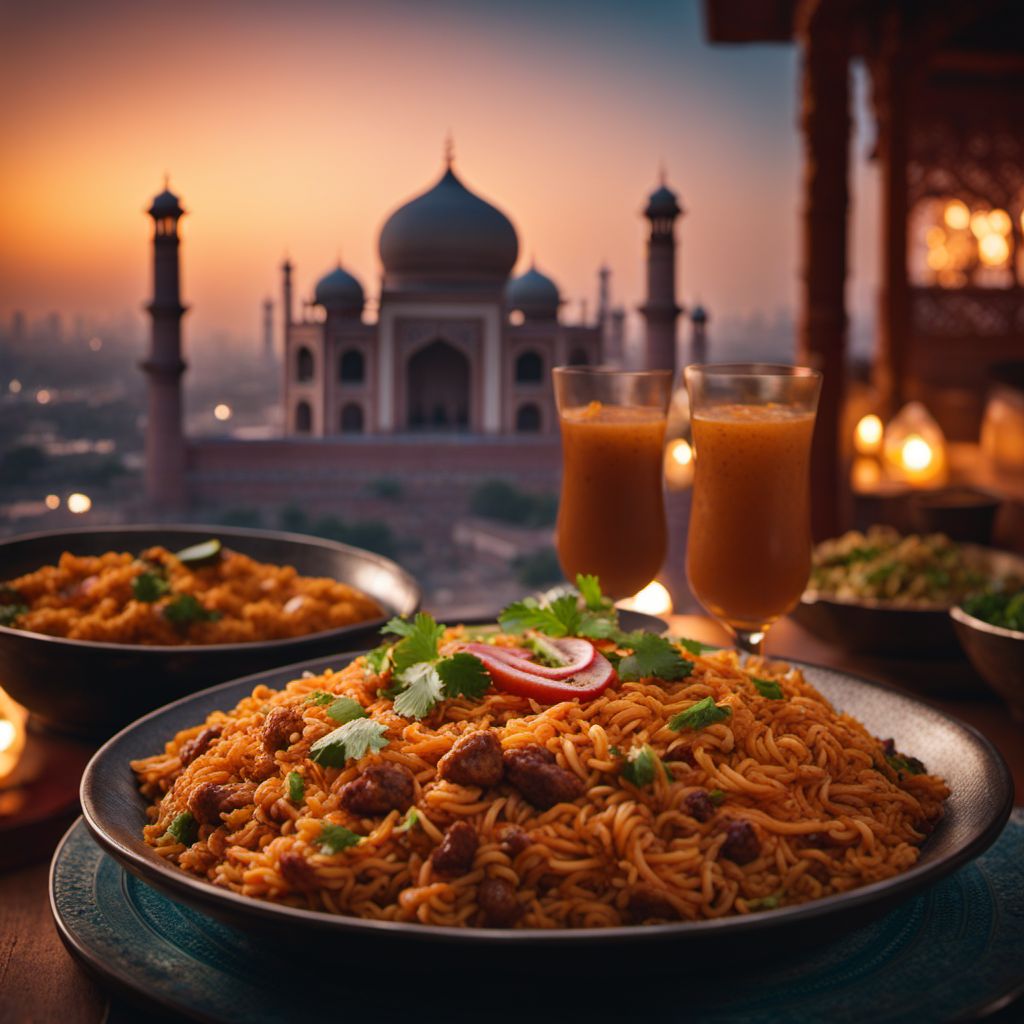
Cuisine
Pakistani cuisine
Pakistani cuisine is a fusion of various regional cooking traditions of South Asia, including Punjabi, Sindhi, Balochi, and Kashmiri. It is characterized by its rich and spicy flavors, and the use of a wide variety of herbs and spices. Pakistani cuisine is also known for its meat dishes, particularly beef, chicken, and lamb. Rice is a staple food in Pakistani cuisine, and is often served with curries and other dishes. Bread is also an important part of Pakistani cuisine, with naan, roti, and paratha being popular choices. Desserts in Pakistani cuisine are often made with milk, sugar, and nuts, and are known for their rich and creamy texture.
Typical ingredients
Beef, Chicken, Lamb, Rice, Lentils, Chickpeas, Potatoes, Onions, Garlic, Ginger, Tomatoes, Chilies, Cumin, Coriander, Turmeric, Garam masala, Cardamom
Presentation and garnishing
Pakistani cuisine is often presented in large platters, with a variety of dishes served together. Garnishes such as fresh herbs, sliced onions, and lemon wedges are often used to add color and flavor to the dishes. Desserts are often served with a sprinkling of chopped nuts or dried fruit.
Pakistani cuisine has a strong tradition of hospitality, with guests often being served large and elaborate meals. Tea is also an important part of Pakistani culture, and is often served with meals or as a gesture of hospitality.
More cuisines from this region...
History
Pakistani cuisine has a long and rich history, dating back to the Mughal era. The Mughals were known for their love of food, and their influence can be seen in many of the dishes that are popular in Pakistani cuisine today. Over time, Pakistani cuisine has evolved and adapted to incorporate new ingredients and cooking techniques, while still retaining its traditional flavors and techniques.
Cultural significance
Pakistani cuisine is an important part of the country's cultural heritage, and is often associated with hospitality and generosity. It is also an important part of religious and social celebrations, such as weddings and festivals. Pakistani cuisine is also popular in other parts of the world, particularly in the United Kingdom and the United States.
Health benefits and considerations
Pakistani cuisine is generally high in calories and fat, due to the use of meat and oil in many dishes. However, it is also rich in protein, fiber, and vitamins and minerals. Some traditional dishes, such as daal and chana masala, are vegetarian and can be a healthy choice. It is important to watch portion sizes and balance the intake of high-calorie dishes with lighter options.
Pakistani cuisine dishes Browse all »
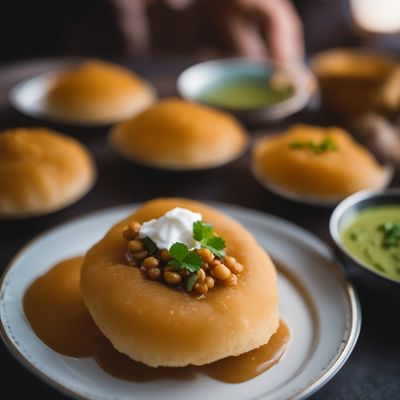
Halwa poori
Halwa poori is a popular breakfast dish in Pakistan and India. It consists of a sweet semolina pudding called halwa, and a deep-fried bread called poori. The dish is typically...
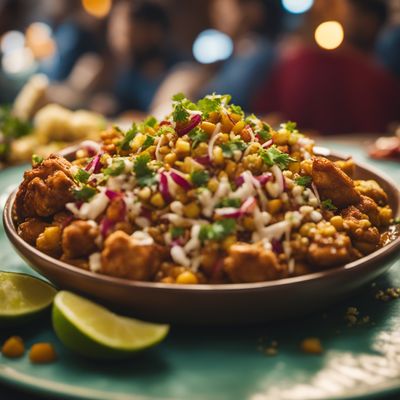
Chooza chaat
Chicken Chaat
Chooza chaat is a popular street food in Pakistan and India. It is a spicy and tangy chicken salad that is perfect for a quick snack or appetizer.

Sindhi pulao
Sindhi pulao is a traditional rice dish from the Sindh province of Pakistan. It is a flavorful and aromatic dish that is perfect for special occasions and celebrations.
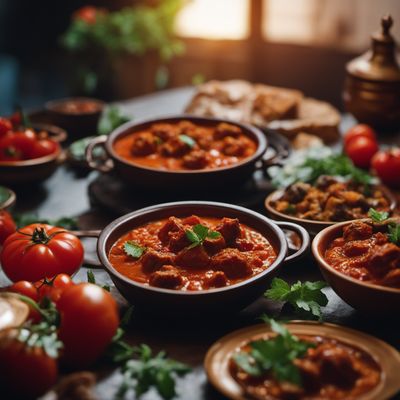
Tamatar gosht
Tomato meat curry
Tamatar gosht is a traditional Pakistani dish that is perfect for a family dinner. The dish is made with lamb, tomatoes, and a variety of spices, and is typically served with...
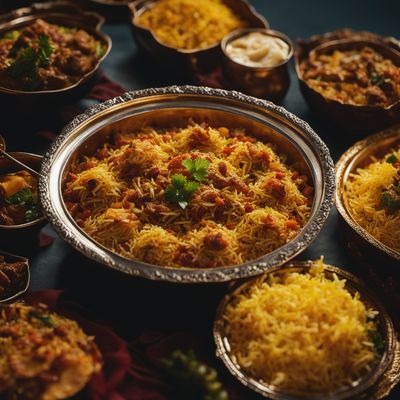
Sindhi biryani
Sindhi Biryani
Sindhi biryani is a spicy and flavorful rice dish that is popular in Pakistan. It is made with a blend of spices and meat, and is often served with raita or chutney.
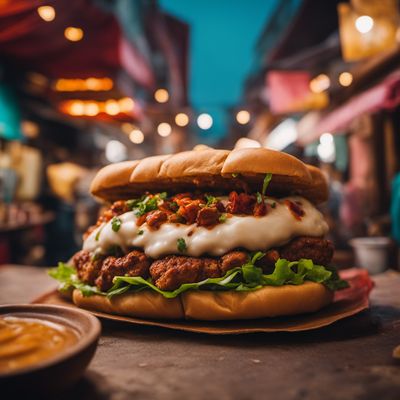
Bun Kebab
Bun Kebab is a popular street food in Pakistan, made with a spiced beef patty served in a bread roll.

Chicken karahi
Chicken Karahi
Chicken karahi is a Pakistani chicken dish that is made with tomatoes and spices. The dish is known for its tangy and slightly spicy flavor.

Sindhi kadhi
Sindhi kadhi is a popular dish from the Sindh region of Pakistan. It is a tangy and spicy yogurt-based curry that is usually served with rice or roti.
Pakistani cuisine recipes Browse all »

Sheer Pira - Creamy Rice Pudding
Velvety Delight - Indulge in the Creamy Goodness of Sheer Pira

Pakistani-style Egg Drop Soup
Spiced Egg Drop Delight: A Pakistani Twist on a Classic Soup
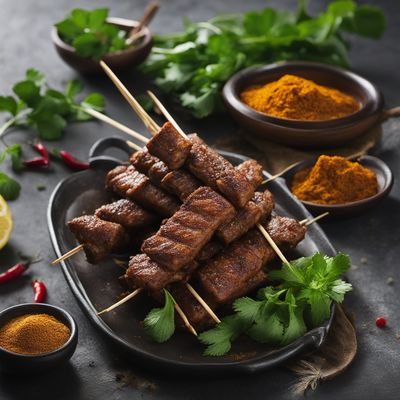
Homestyle Spiced Lamb Seekh Kabab
Flavorful Spiced Lamb Seekh Kabab: A Taste of Pakistan
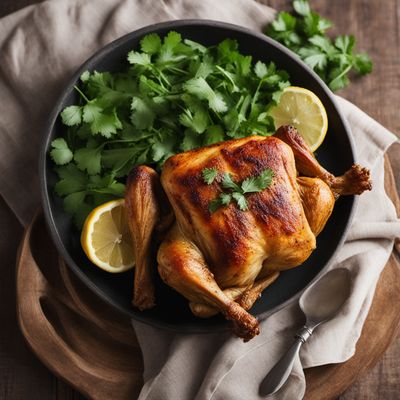
Sajji - Authentic Pakistani Roasted Chicken
Spiced Delight: Aromatic Roasted Chicken from Pakistan

Pakistani-style Spiced Carrot Pickle
Zesty Carrot Delight: A Pakistani Twist on Pickled Carrots

Daal Chawal with Tadka
Hearty Lentil Rice Delight
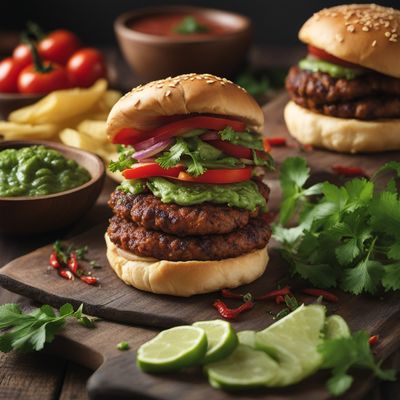
Bun Kebab with Spicy Potato Patties
Savor the Flavors of Pakistan: Spicy Potato Patties in a Bun

Pakistani-style Spiced White Sausage
Flavorful Fusion: Pakistani Spiced White Sausage Delight
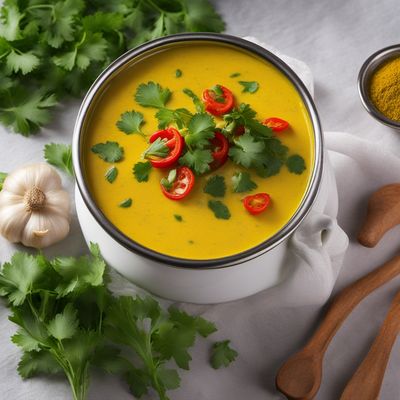
Sindhi Kadhi with Vegetables
Tangy Delight: Sindhi Kadhi with a Burst of Flavorful Vegetables
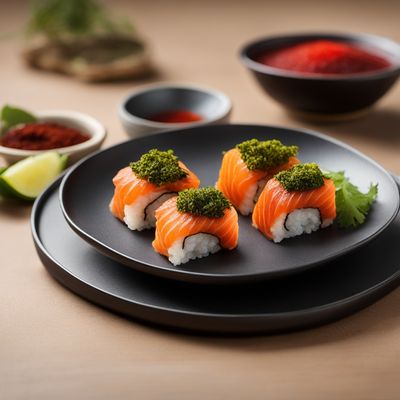
Pakistani-style Spiced Scallop Nigiri Sushi
Savor the Fusion: Pakistani Spiced Scallop Nigiri Sushi
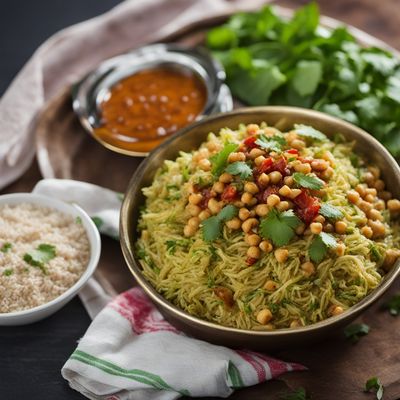
Chooza Chaat Recipe
Spicy Tangy Delight: Chooza Chaat

Pakistani Fusion Stuffed Rolls
Spicy and Flavorful Pakistani Fusion Stuffed Rolls